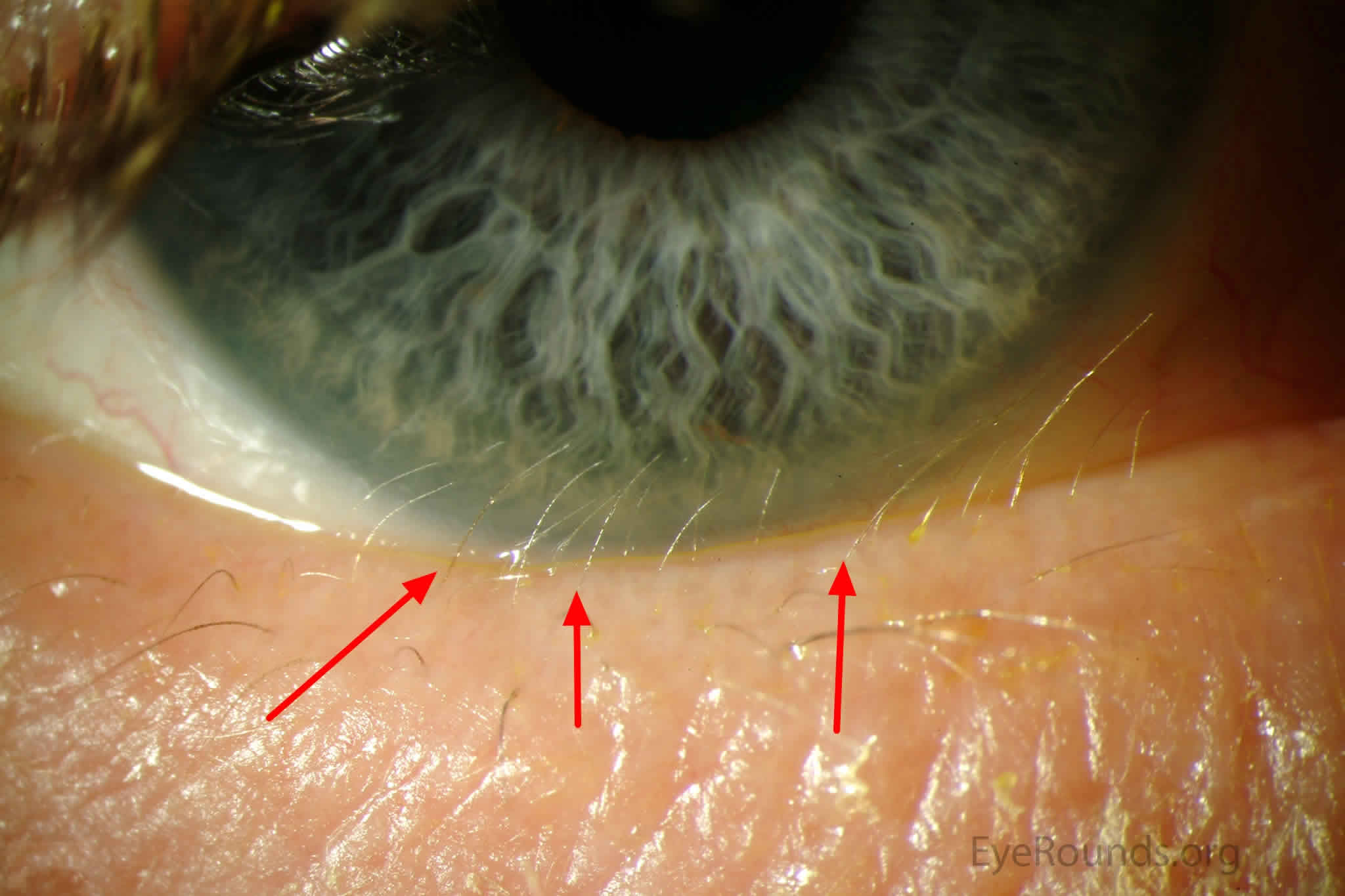

Normal syn plus#
Parkinson’s disease (PD) gene mutations, PD-associated gene variants (PD risk), inflammatory gene single nucleotide polymorphisms (IF gene SNPs) plus environmental factors such as infection and aging can all trigger stress responses (upper, middle panel) and inflammatory responses (lower, middle panel) via mitochondrial damage (overall mitochondrial burden), protein burden (including impaired proteostasis but also impaired function) and the damage associated molecular patterns (DAMPs) as a result. Sustained loop of neurodegeneration and inflammation in Parkinson’s disease. mitochondrial dysfunction, defective protein clearance, α-synuclein release) can trigger, via the secretion of signaling molecules, an inflammatory response in the surrounding microenvironment or even at a systemic level, affecting other neuronal and non-neuronal cell types involved in the neuroinflammatory process (Fig.

In fact, cell autonomous alterations inside SNpc DA neurons (e.g. This is a crucial notion to take into account to understand the temporal sequence of events (neurodegeneration vs neuroinflammation) that lead to irreversible cell death in PD. Of note, not only glial cells, but also neurons can directly release inflammatory mediators that activate immune cells.

cytokines, chemokines, growth factors and other metabolites) that attract peripheral myeloid cells to the site of injury in turn, myeloid cells have the ability to recruit other immune cells (T lymphocytes) within the CNS, thus amplifying the inflammatory response. Mechanistically, following neuronal damage, the CNS-resident glial cells release signaling molecules (i.e.

monocytes, macrophages and dendritic cells) and T lymphocytes that actively participate to the neuroinflammatory process by infiltrating into the brain. microglia, astrocytes and oligodendrocytes), but also peripheral circulating myeloid cells (i.e. These include not only the central nervous system (CNS)-resident glial cells (i.e. The thin line between the physiological role of acute neuroinflammation and the pathological consequences of persistent neuroinflammatory responses is defined by the activity of multiple cell types involved in both innate and adaptive immunity. Identification of markers at different stages of disease progression in different patient subtypes would help in predicting causative agents and drastically help in the search for a treatment strategy. Finding causative treatments may reduce the disease prevalence or improve prognosis. Today, dopamine replacement is still the mainstay treatment for PD, and the disease prevalence is drastically rising. Finally, many known PD pathomechanisms do not specifically affect the dopaminergic neurons of the SN and in some cases-including inflammation-are associated with a plethora of other diseases such as dementia, irritable bowel syndrome (IBS) and diabetes. But there are further challenges most of the dopaminergic neurons in the SN are often already lost at the point of clinical presentation, and therefore a lot of effort is being put into early disease detection and reliable biomarkers. kinase activity, protein aggregation and inflammation). This has led researchers to explore whether there are common or converging pathways that could be exploited for pharmacological intervention (e.g. Meine Inhalte subNavigationMarker subNavigationPointerįinding causative treatments for PD is a major challenge because the underlying pathobiology is complex, multifactorial and may differ from person to person.Mehr subNavigationMarker subNavigationPointer.Gebiete subNavigationMarker subNavigationPointer.


 0 kommentar(er)
0 kommentar(er)
